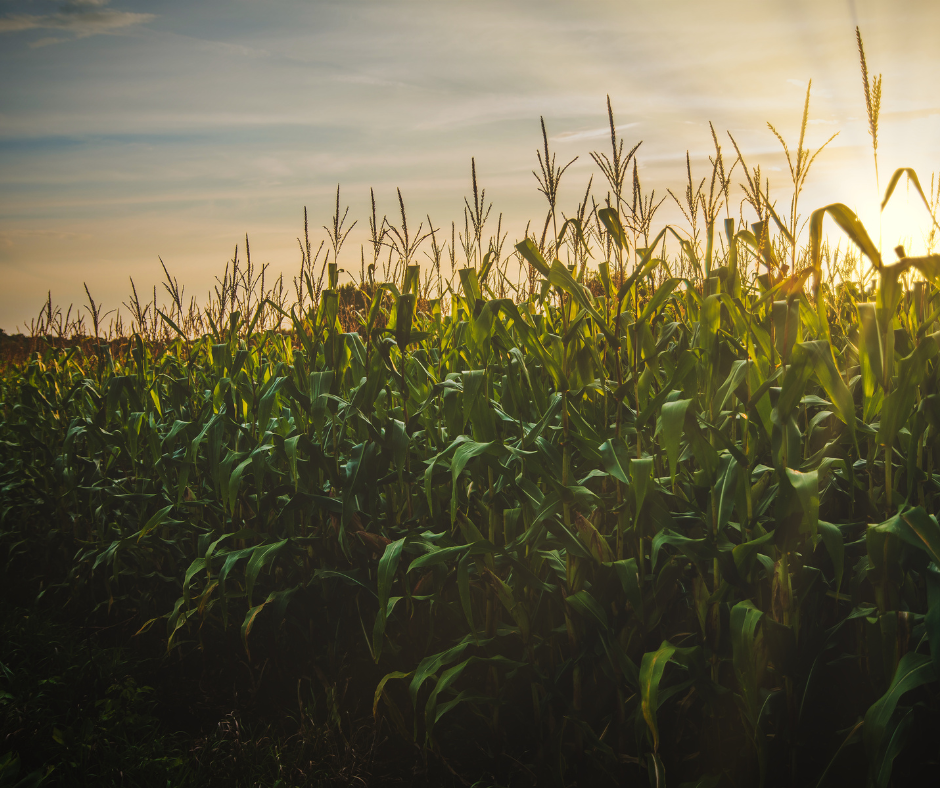The Ongoing Debate: Are we running out of productive farmland?
Stratovation Group is proud to feature blog items from esteemed agricultural commentator, Blake Hurst. Blake is a highly respected Missouri farmer and greenhouse operator, former president of the Missouri Farm Bureau, and a member of Stratovation Group’s Board of Advisors.
Wind turbines, solar farms, expanding highways….all wanting our farmland!! Wake up people, this is our livelihood! Production farm ground will get smaller, but we are expected to feed the world!
That’s a Facebook post from a friend of mine, a farmer in central Missouri, and she’s worried. Are we running out of land to farm? Well, in the sense that I can’t find enough land to farm at a price I can afford, there’s a tremendous shortage of farmland. I think, however, that she’s making a larger point. In fact, as I read her post, she’s making two points, both of which are important for every farmer to think about.
Are we running out of farmland if, indeed, we are expected to feed the world?
Secondly, should we oppose the use of farm ground for other uses?
Each farmer will make up his own mind about how to react to purchase offers, easements, and outright condemnation when large projects arrive in his neighborhood. Farm organizations and those who represent farmers have to think long and hard about how they will approach disruptive but perhaps economically important projects that have an impact on their members. I’m going to think about the first question today, and will approach the second in a later essay.
So, how much farmland are we losing, and is it enough to cause our production of food and fiber to suffer? According to the USDA, we’ve lost 1.8 million acres of land per year since 2015. That’s a bunch.
In 2021, there were 895.3 million acres of land in the U.S. being used for agriculture. That helps to put the amount of land lost to development in perspective. We’re losing about .2% of agricultural land to development each year. Now, at the danger of stepping on some toes, I’d have to say that not all agricultural land is created equal, and we don’t know from these statistics what kind of land is being lost. For example, productive California land with secure water rights is more valuable than rangeland that will support one skinny cow per 60 acres. Land around Chicago has more agricultural value per acre than ground growing nothing but cedars and mulberry trees here in Missouri. Having said all that, we aren’t exactly in danger of paving over all of the land that we depend on for this week’s groceries.
There are a couple of other factors that enter into this question. The first is the increase in agricultural yields. Again according to the USDA, yields have increased at an average annual rate of 1.42% since 1945. So, we’re easily increasing our ability to produce food, even taking into account the loss in farm ground.
Secondly, ethanol and biodiesel production have to be considered when thinking about land use. Much of the success that farmers like me have enjoyed in the past few decades has been due to the rapid increase in the production and use of biofuels. Critics are quick to point out that this is the result of government subsidies and mandates, which is no doubt true, at least in part. However, ethanol prices tend to track gasoline prices fairly closely, and as recently as September of this year, ethanol prices were considerably cheaper than the wholesale price of gasoline. When the higher octane levels of ethanol are added into the mix, there are economic reasons as well as policy reasons for the existence of the fuel.
Somewhere around a third of the U.S. corn crop is used for ethanol, and using corn for ethanol has strong political support. My suspicion is that the political support for biofuels will last as long as ethanol is competitively priced with gasoline. If we were to lose so much farm ground that the price of corn and by extension ethanol and food increased a great deal, I imagine that political support for biofuels would evaporate pretty quickly.
Our present ethanol policies are, quite by accident, a way of keeping capital in agriculture that will allow for a quick and massive increase in the amount of food available to consumers worldwide, should that change ever become necessary. The land used to produce ethanol is a buffer against a decline in the amount of productive farmland available to produce food.
There are aesthetic, cultural, and environmental reasons to protect farmland, and like most farmers, my preference would be for taking whatever steps we can to preserve productive farm ground. However, our history over the past few decades would cause me to worry more about agricultural surpluses than a shortage of food. Like my Facebook friend, I’m worried about development changing the nature of the agricultural landscape, but I’m pretty sure that more Costcos won’t lead directly to famine, at least not very soon.

